Media | Articles
Uber goes electric, Ram 1500 EcoDiesel bows out, Lambo’s LMDh racer gets a V-8

Uber wants an all-electric fleet by 2030
Intake: Eight years from now, the ride-sharing giant Uber will have an EV-only fleet for their customers, according to a new report from CBS News. While currently offering EV-specific commuting via their Comfort Electric option, this option is only available in 24 cities in the US (and Vancouver, Canada) as of right now. The plan is to ramp up the program nationwide by 2030, and drivers with a gasoline-powered vehicle will be booted off Uber’s platform.
Exhaust:Considering that Uber actually adds to the climate crisis, this move is downright obvious in densely populated areas where idling cars are an issue. But remember that Uber is wholly-dependent on the vehicles available, so this mandate only has teeth if drivers can afford the (presumably cheaper and more plentiful) EVs available in 2030. Uber’s contract drivers must balance the vehicle purchase price, depreciation, and maintenance, with the income generated, and that’s been a point of contention on a regular basis. No matter, expect a run on used Nissan Leafs in big cities if the dream turns into a reality. — Sajeev Mehta
2023 Alpina XB7: BMW’s mostest three-row gains frown, power, big screen
Intake: Behold, the first model from Alpina following the tuning shop’s acquisition by BMW in March of 2022. Introduced in 2021 as the first U.S.-market SUV tuned by the pedigreed brand, Alpina’s “XB7” returns for 2023 with exactly the upgrades you’d expect from modern-day BMW: a shoutier face and more power. The dual-headlamp setup mimics that of the 2023, non-Alpina truck. The front air dam is deeper, emblazoned with ALPINA in white letters. Cosmetically, the Alpina wears more chrome and more body-color panels than the X7M60i, its black-trimmed, 523-hp sibling. Both trucks use BMW’s 4.4-liter, twin-turbo V-8, but for 2023, the XB7 adds a mild-hybrid system. The 48V starter-generated housed inside the eight-speed XF gearbox doesn’t provide electric-only range, but it does boost horsepower to 630 (from 612) and make max torque (still 590 lb-ft) available across a broader range: 1800–5600 rpm (vs. 2000–5000). 0-to-60 now arrives under 4 seconds, the benchmark of the previous XB7, and the quarter mild .2 seconds sooner (12.4). Inside, the changes again follow with those of the non-mild-hybrid version: The instrument-panel cowl disappears, replaced by the left wing of the upright Curved Display screen. Air suspension still comes standard, as does the full complement of leather upholstery, wood trim, and Alpina badges. You’ll pay $3700 extra for this frownier, more powerful Bimmer—chump change, when you consider the $145,995 starting point.
Exhaust: You may be tempted to point to the XB7—the 2021 version—as the sign that Alpina lost its dignity, but the lines between the legendary tuner, which served as Munich’s de facto race team in the ’60s, have been blurring for years. Almost literally, since Alpina-branded vehicles are pre-assembled on BMW production lines. To many buyers, “Alpina” now means “most,” and the 2023 XB7 reflects that. To us, it’s subtraction by addition.—Grace Houghton
Ram will discontinue EcoDiesel 1500 this January
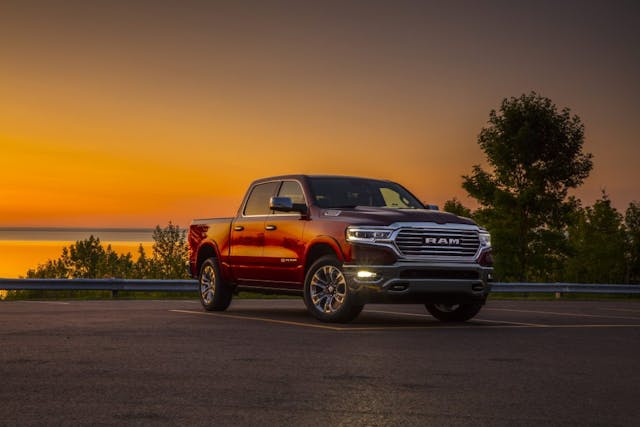
Intake: Ram has announced that it will end production of the light-duty pickup with the EcoDiesel V-6 by January of next year. It marks the end of nearly a decade of production for the 3.0-liter turbodiesel V-6, which was introduced in 2014 and upgraded for the 2020 model year. Upon its debut, the EcoDiesel earned a 28-mpg highway rating from the EPA, the best result ever achieved by a half-ton, full-size pickup. The upgrade in 2020 pushed that highway figure to 32 mpg for 4×2 trucks and 29 mpg for 4×4 models. But the engine was also the subject of a massive emissions-cheating settlement for 2014–2016 model-year Rams and Jeep Grand Cherokees that saw Stellantis pay nearly $300M in fines for software that would cause the engine to perform differently in EPA test cycles than it would under normal use. As Ram readies an all-electric pickup for 2024, and since it currently offers mild-hybrid applications of its eTorque system paired with the 5.7-liter Hemi V-8, the EcoDiesel appears to have run its course. Ram will offer a “last call” of sorts to those still interested in picking up an EcoDiesel light-duty, offering crew-cab 4×4 models on the Tradesman, Big Horn/Lone Star, Laramie, Limited Longhorn, and Limited models. The engine is also currently offered on the Jeep Wrangler and Gladiator, but Stellantis has not specified whether those models will get the EcoDiesel past January of next year.
Marketplace
Buy and sell classics with confidence
Exhaust: Though its diesel V-6 made sense for the moment, changing tides and rapid expansion of electrified offerings within the Stellantis family indicates the business case for such an engine has evaporated. The eTorque Hemi will likely press on, and we’d expect some version of the new Hurricane twin-turbo straight-six to eventually find its way into the engine bay of a future Ram; Stellantis says that the six can fit in any engine bay that currently houses a longitudinally-mounted V-6 or V-8. We’ll get our first tastes of the new six later this week behind the wheel of the Grand Wagoneer L and Wagoneer L, which are underpinned by modified versions of the pickup frame found in the Ram 2500 HD. There’s surely some engineering needed to get the six to work for the light-duty Ram but expect that to be the next engine up when the EcoDiesel bows out. — Nathan Petroelje
Lamborghini to power GTP car with a V-8
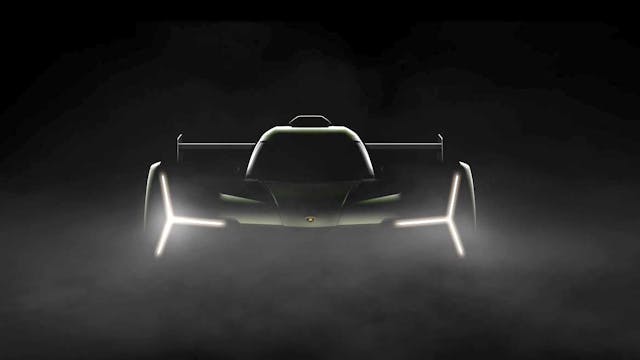
Intake: Lamborghini Squadra Corse has unveiled a few technical specifications and a teaser image of its LMDh project for its upcoming venture into the Hypercar class of the FIA World Endurance Championship, and the GTP class of the IMSA WeatherTech SportsCar Championship. The most interesting aspect of the release is that the new car will be powered by a twin-turbo, 90-degree V-8 engine being developed by the company’s motorsport department, Squadra Corse. Combined with the power generated by the mandatory, common hybrid unit, total horsepower will be 681. Lamborghini says the hybrid sports car is a “perfect fit’ to go along with the hybridization of its road cars.
Exhaust: Lamborghini, along with Alpine (Renault) will enter the new race series in 2024, with the Lambo debuting at the 2024 Rolex 24 at Daytona in January of that year. It’ll join Cadillac, BMW, Acura and Porsche, all of which are set to debut at the 2023 Rolex 24 scheduled for January 28–29. Lamborghini’s Urus SUV currently sports a V-8 with a 90-degree layout and two turbos, so perhaps this car will employ a modified version of that engine as a way to save some money. It’s unlikely Alpine will race at Daytona, but you never know. The lure of competing for the triple crown of sports car racing—Daytona, Sebring and the 24 Hours of Le Mans—may just be too appealing to ignore. — Steven Cole Smith
U.S. traffic deaths decline for the first time in two years

Intake: Statistics from the National Highway Traffic Safety Administration indicate that traffic fatalities on U.S. roads declined in the second quarter after an almost two-year rise. The NHTSA says 10,590 people died in car crashes from April through June 2022, down 4.9 percent from the same period in 2021, marking the first three-month decline since the third quarter of 2020. The NHTSA offered no theories for the decline, and Ann Carlson, NHTSA’s acting administrator, chose to accentuate the negative: “Although it is heartening to see a projected decline in roadway deaths in recent months, the number of people dying on roads in this country remains a crisis.”
Exhaust: If this was April–June 2020, in the midst of the COVID lockdown and with fewer cars on the roads, the nonchalance would be understandable. But fewer deaths on busier highways seem like good news. What are we missing here? — Jeff Peek
Ford Raptor recalled for loose wheels
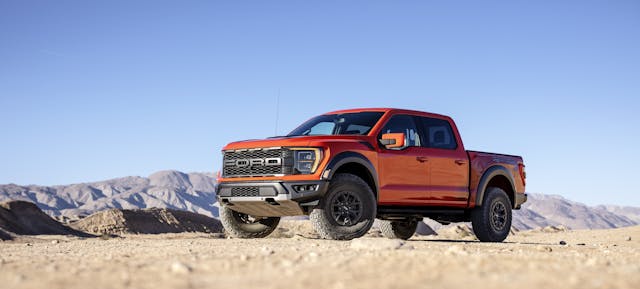
Intake: Have you seen it on your local news? Ford recalls pickup trucks because the wheels can fall off! Yeah, it’s true, but it isn’t nearly that serious. The recall is for 1,519 Ford Raptor pickups wearing 37-inch wheels which, according to the National Highway Traffic Safety Administration, might not have been torqued on properly. “Incorrectly tightened wheel lug nuts can loosen and separate from the vehicle, increasing the risk of a crash.”
Exhaust:Actually, given how athletically Raptor drivers might operate their vehicles, we’d go to NHTSA.gov and check and see if your Raptor is affected. And even if it isn’t, we’d suggest pulling out your torque wrench and making sure all the lug nuts are tightened. And if you lack the skill to operate a torque wrench, or the wrench itself, we’d guess most any reputable tire store would be happy to torque all the wheels for free, or a few dollars, as will your local Ford store. —Steven Cole Smith

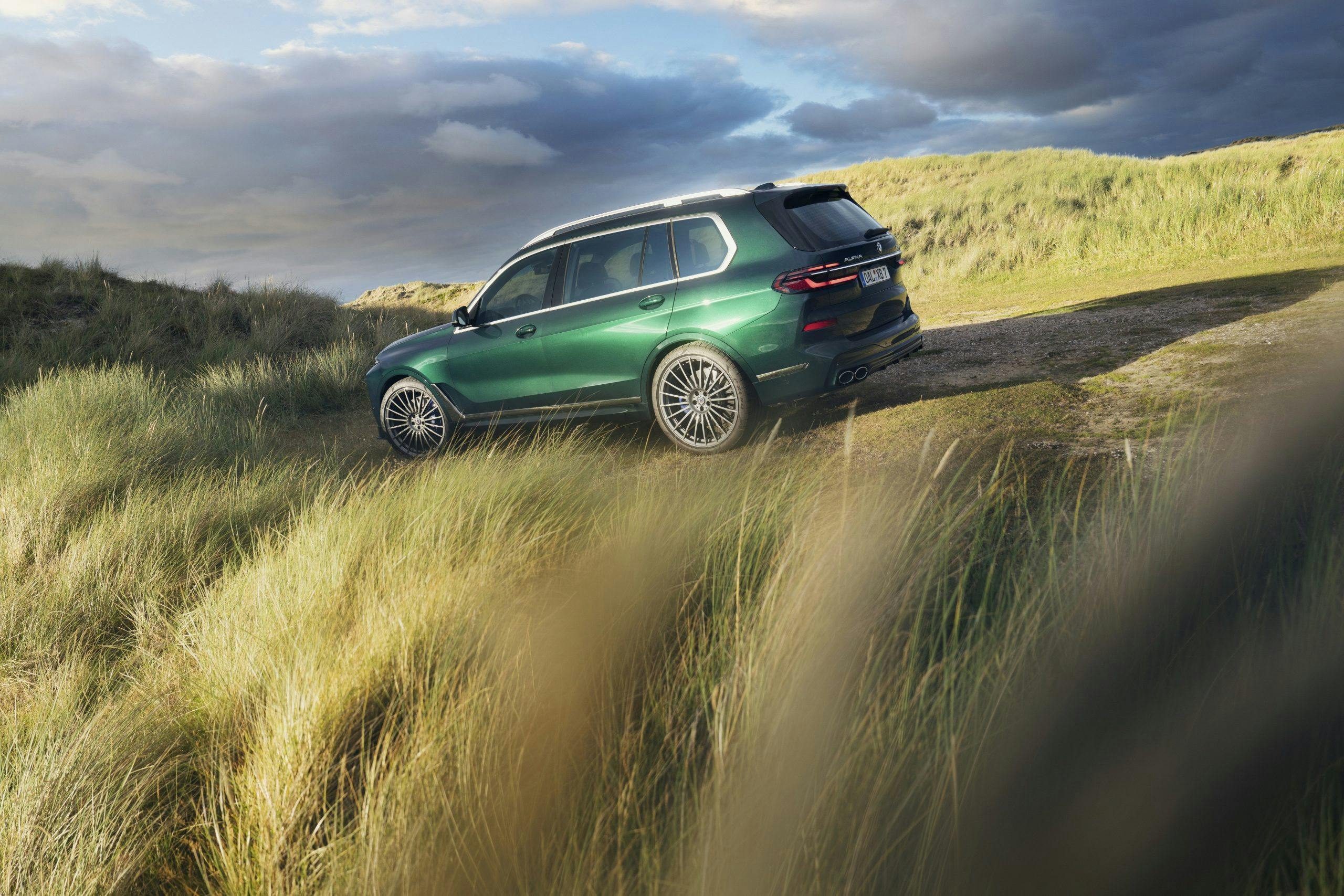
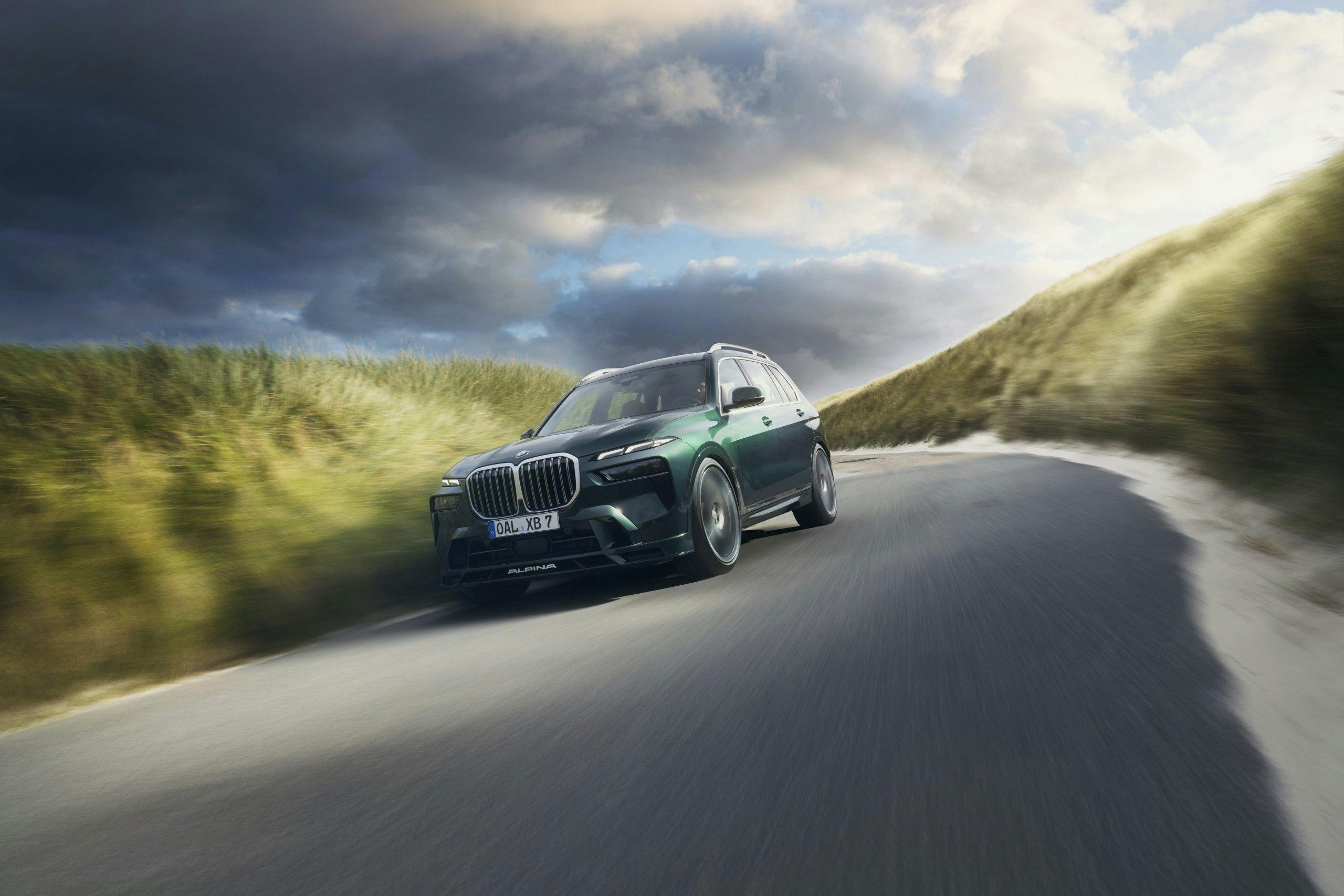

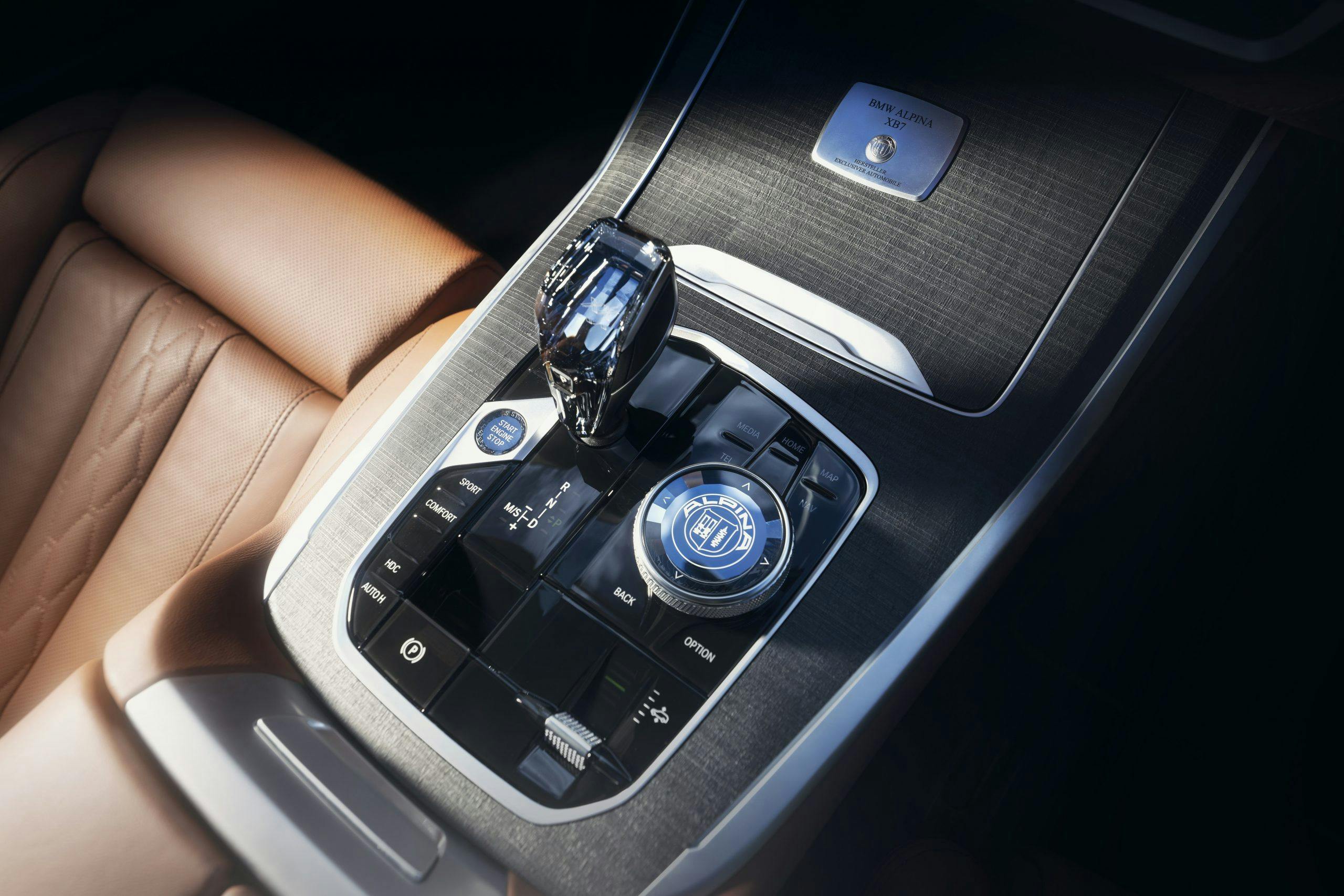



















But fewer deaths on busier highways seem like good news. What are we missing here? — Jeff Peek
Good news makes no demands for government action.
Sajeev, well done.
Everybody is forgetting the amount of energy it takes to build an electric car. The process is equal to or more
polluting than gas cars.
Really enjoyed the history of the Lincoln MARK.
I did too.
Electric cars will be ridiculously expensive in terms of true cost, convenience, and environmental damage. Granted the environmental damage will be in third world countries, many with underage workers, but maybe that is not generally reported and in general has never counted anyway.
There is a niche to fill and it will be filled with what the market demands. However, anyone dumb enough to think the electric car is our savior needs help.
Journalists and the general public refuse to fairly calculate the actual cost of electric cars to fossil fueled ones. Nor has there been any thought on the cost of grid and power generation demands. Off peak periods of electri generation can serve as breaks for plant maintenance, among other things. But the inconveniences will likely lighten over time.
Will there be advances to fuel and serve electric? There will. Will generation and grids keep up? They that is likely eventually.
Will it continue to move our supply chain exposures to foreign countries? Give me a break. Damn right.
There is a place for electric cars. There is a place for fossil fueled cars. Automakers, the public, the federal government, california, and journalists are all drinking the replacement koolaid (I realize the preceding sentence is overstated, but not by much). There may be a chance that most journalists begin the return to reporting nothing but the facts again. There seems to be no hope for government or california.
The implementation of electric is a sad state of affairs.
On the plus side I love fast cars. Electric fits the bill. At least for now. But I am too old to want one for that reason anymore. I will stick to my CTS Vs and Z06s.
At some point I may spend the rest of my life in prison with my present attitude on pronouns, so the above may not matter.
I completely agree.